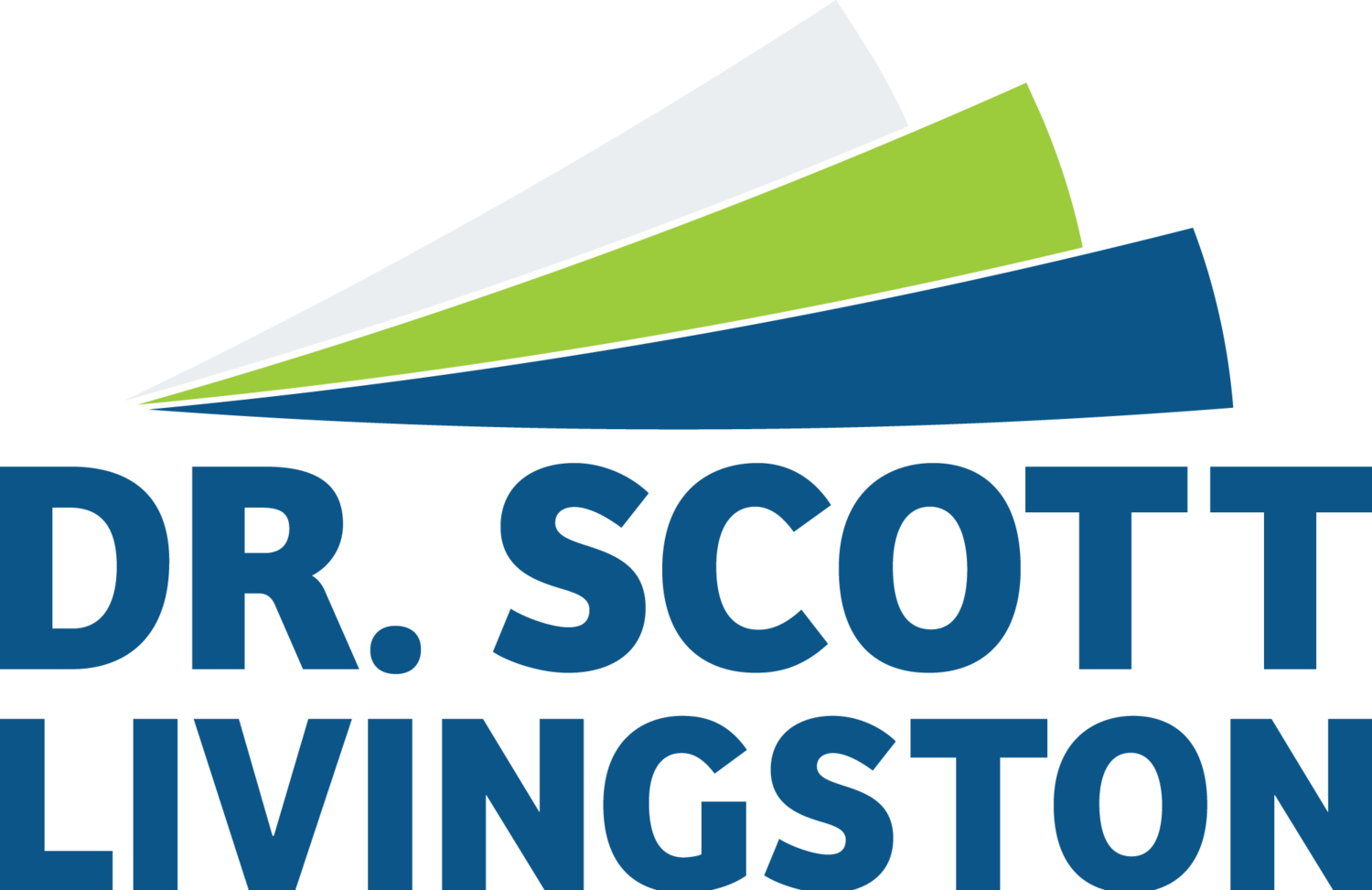Happy June! A few days before Father’s Day back in June one year, I was doing some research for an article and I came across this thesis that used journaling as a research component for self-discovery in youth football coaches.
While in this study, journaling was a tool and not the primary outcome, I realized as I glanced through the article many of the benefits of journaling came through very clearly to me.
Benefits of Journaling for Leaders
As I have worked with my coaching clients over the years, I have recommended this leadership development strategy to so many of them. Journaling is nothing more than taking some time to be reflective and to write down how you observe yourself showing up.
Because the lack of self-awareness is so prevalent in leadership, journaling is a key way to document what you think and how you feel about what is going on in your world. It really can be used as a stake in the ground to preserve your thoughts and emotions on any given day across a number of circumstances.
These are my top 5 reasons that every leader should journal:
Self-awareness: Leaders need to be reflective of how they show up in different contexts and what triggers their emotions. No matter how well we think we know ourselves, we can always learn something new upon reflection.
Managing Stress: There is nothing like writing when it comes to lower levels of stress. Perhaps even better than writing is visual journaling or what Mrs. Carlson, my second-grade teacher, would have called “drawing.” In a 2010 study with medical students, Amanda Mercer found a reduction in stress and anxiety when medical students kept a visual journal of how they were feeling.
Gaining Clarity: I find that when I am faced with issues that have multiple inputs and layers of complexity there is nothing like writing or drawing to help me sort things out. Just taking the time to clear my mind and put it on paper or my tablet really helps me to clarify what it is that I am even having to decide.
Prioritizing: Life, especially in our Western world, can get really crazy with so many priorities that some leaders find it hard to decide to turn right or left. Journaling can help you prioritize what is important and to stay focused because you have it written down. You put a metaphorical stake in the ground and now have something to come back to.
Controlling Impulses: A key benefit of keeping a journal is having a place to go to before you act. I like to just go to my journal before I agree or commit to something so that I have the ability not to be impulsive. My journal is an important place I turn to before I say yes to a project that I should be saying no to.
Mind-Blown
Recall that it was a few days before Father’s Day when I was reviewing this article I mentioned above. Then Father’s Day happened. And for Father’s Day, my kids bless me with, you guessed it, a journal.
But not just any journal. This one was called StoryWorth. As an orientation, here is how StoryWorth works:
Every week you get an email journal prompt to write about a memory from your past.
All you do to journal is reply to the email you get. You can write as much or as little as you want on the topic. Usually two or three paragraphs in my case.
These journal entries are then saved for you and you can eventually turn your journaling into a book if you want. At the end of 52 weeks, you could have a book of memories to cherish for years to come.
At the top list of reasons that leaders need to journal: Because your leadership story IS worth reading.




















